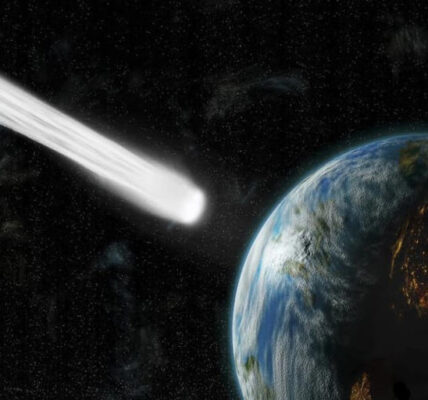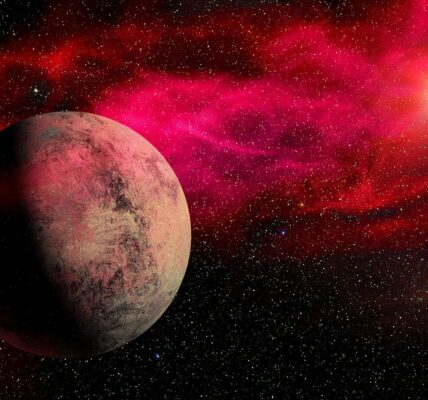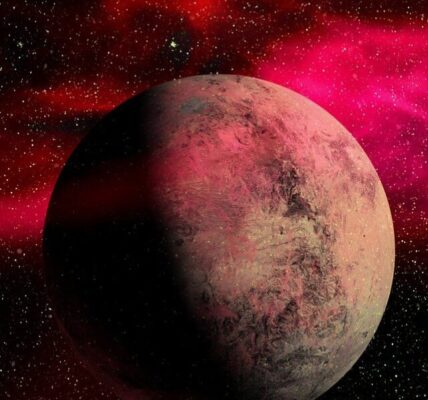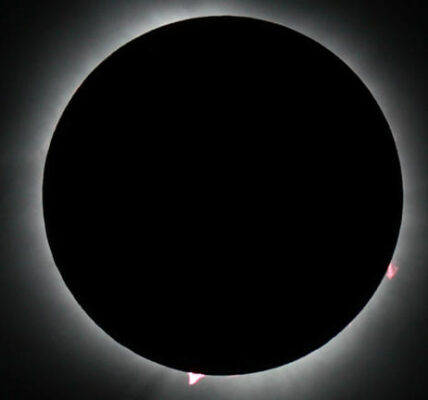Alpha Centauri Habitable Zone Planet discovery excites astronomers as NASA’s James Webb Space Telescope finds strong evidence of a gas giant orbiting Alpha Centauri A, the nearest Sun-like star system.

Alpha Centauri Habitable Zone Planet – A Breakthrough Discovery
Astronomers have revealed the strongest evidence yet for an Alpha Centauri Habitable Zone Planet, located just over four light-years away from Earth. Using the cutting-edge capabilities of NASA’s James Webb Space Telescope, scientists believe they have detected a giant gas planet orbiting Alpha Centauri A, one of the brightest stars in our neighboring system.
This discovery is significant because it points to the possibility of worlds existing in the habitable zone of the stars closest to us. While this particular Alpha Centauri Habitable Zone Planet is thought to be a gas giant about the size of Saturn, its location still makes it an exciting target for study.
The Alpha Centauri Star System
Proxima Centauri already has three confirmed planets, one of which lies in its habitable zone. However, detecting planets around the brighter Sun-like stars Alpha Centauri A and B has always been much more difficult.
The new candidate, the Alpha Centauri Habitable Zone Planet, appears to orbit Alpha Centauri A at a distance similar to the space between Earth and the Sun, placing it in the zone where liquid water could theoretically exist.
Challenges in Confirming the Planet
While the first detection looked promising, follow-up observations in February and April 2025 did not reveal the same object. Researchers think this may have happened because the Alpha Centauri Habitable Zone Planet’s orbit brought it too close to its star, making it nearly impossible for Webb to detect under the glare.
Computer models suggest that the Alpha Centauri Habitable Zone Planet may follow an elliptical orbit, varying between one and two Earth-Sun distances. Despite the gravitational pull of nearby Alpha Centauri B, the planet’s orbit seems to remain stable.
Why This Discovery Matters
Although it is not a rocky planet like Earth and is unlikely to host life directly, its existence opens up new possibilities.
Gas giants often have moons, and some of these moons could theoretically have the right conditions for life. Just as scientists consider the icy moons of Jupiter and Saturn to be potential havens for life in our own solar system, the Alpha Centauri Habitable Zone Planet might also host moons worth studying.
A Unique Opportunity for Astronomers
Because Alpha Centauri is so close to us, the Alpha Centauri Habitable Zone Planet presents a rare opportunity. Dr. Charles Beichman of NASA’s Jet Propulsion Laboratory highlighted how challenging these observations are, even with the world’s most powerful telescope, but emphasized how important they could be.
Studying an Alpha Centauri Habitable Zone Planet could allow scientists to gather data in greater detail than is possible for most exoplanets. This could also pave the way for future missions aimed at direct imaging of nearby planetary systems.
The discovery of the Alpha Centauri Habitable Zone Planet fits into the larger quest of humanity: the search for life beyond Earth. While this particular planet may not be habitable itself, finding it confirms that nearby Sun-like stars could host interesting and diverse worlds.
As technology advances, astronomers will be able to probe deeper into the Alpha Centauri system. It is possible that smaller, rocky planets—much more like Earth—are also present but remain hidden from our current view. The Alpha Centauri Habitable Zone Planet is just the beginning of what might be a series of remarkable discoveries right on our galactic doorstep.
What’s Next for the Alpha Centauri Habitable Zone Planet?
The next step for scientists is to confirm the existence of the Alpha Centauri Habitable Zone Planet through additional observations and long-term monitoring. Webb will likely continue its investigations, and future telescopes designed specifically for exoplanet studies could provide more definitive proof.
In the future, missions may even be able to analyze the atmosphere of such planets, detect potential moons, and assess whether conditions might be right for life.
Conclusion
The discovery of an Alpha Centauri Habitable Zone Planet is an exciting leap forward in our exploration of the universe. Even if it turns out to be a giant gas world unsuitable for life, its presence so close to Earth is a promising sign. It shows that our nearest stellar neighbors may host a variety of planets, some of which might one day reveal Earth-like conditions.
As astronomers continue their work, the Alpha Centauri Habitable Zone Planet will remain a key target, offering us a glimpse of what lies just beyond our solar system and keeping alive the hope of finding another home among the stars.
Related:
Life on Ceres Dwarf Planet 7 Stunning Revelations




